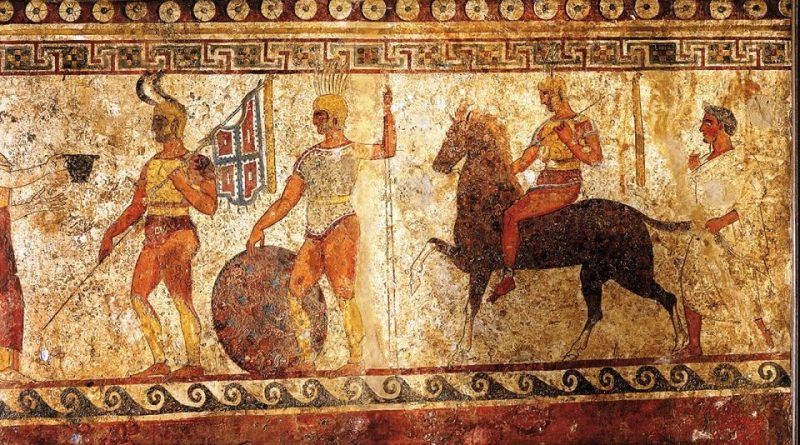The Samnites and agriculture
The Samnites and agriculture
The Samnites were an ancient Italic population who lived in the region of present-day southern Italy, mainly in the central Apennines area. The period in which the Samnites lived is approximately from the 9th century BC. to the 2nd century BC
The Samnites were divided into several tribes, including the Pentri, the Caudini, the Carricini, the Frentani and the Irpini, and often came into conflict with the Roman Republic during the so-called “Samnite Wars” (4th-3rd century BC), which they were a series of conflicts involving both the Samnites and the Romans.
The influence and presence of the Samnites decreased over time due to the Roman conquests in the region. Eventually, the Samnites were absorbed into Roman society and their culture merged with that of the conquerors.
The Samnites were a warlike and agricultural people, and their main economic activities revolved around agriculture and livestock.
The Samnites cultivated a variety of crops, including wheat, barley, beans, lentils, peas, and fruits such as olives and grapes. The mountainous region in which they lived was also suitable for pastoralism, and therefore they also practiced the breeding of sheep, goats and cattle.
The cultivation of the fields was fundamental for the economy of the Samnites, as it provided them with the basic food for their daily diet. Furthermore, surplus agricultural products could be traded or sold with other populations or used to support the army in case of conflict.
Samnite agriculture was mainly based on traditional methods, such as the use of ox-drawn plows and manual irrigation. They were able to adapt to terrain conditions and make the most of available resources.
In addition to agriculture, the Samnites were also known for working metals, especially iron, which they obtained from the mines present in their territory. This activity contributed to the production of weapons and tools that were used for both agriculture and military needs.
As for the agricultural tools used by the Samnites, they were mainly based on simple and primitive tools, mainly made of wood and stone. Some examples of agricultural implements used included:
Plough: The Samnite plow was generally made of wood, with an iron tip for loosening the earth. It was a tool pulled by animals, such as oxen or horses, and was used to prepare the ground for sowing.
Hoe: The hoe was a hand tool used for working the soil, removing weeds, and preparing beds for planting.
Scythe: The sickle was a tool used for harvesting grain and other crops. It consisted of a sharp curved blade attached to a wooden handle.
Sickle: The sickle was a tool similar to a sickle, but smaller and more manageable. It was used for gathering wild herbs or pruning smaller plants.
Spade: The spade was a flat-bladed tool used for digging holes, removing plant roots, and moving earth.
Sieve: The Samnites used sieves of various sizes to separate impurities from grain, such as chaff from wheat.
We recall in this regard that the Samnites were skilled in metalworking and had developed a significant tradition of craftsmanship in metallurgical processing. They used different types of metals to produce objects of various kinds.
One of the most important metals worked by the Samnites was iron. They were known for producing high quality iron weapons, such as swords, spears and shields. The iron was extracted from the mines present on their territory and subsequently worked to create useful objects in daily life and in warfare.
In addition to iron, the Samnites also worked other metals such as bronze and silver. Bronze was used to create ornamental objects, such as jewellery, brooches and statuettes. Silver was used to make coins and valuables.
Metalworking was an important skill for the Samnites and was a significant part of their culture and local economy. Thanks to their metallurgical skill, the Samnites were able to produce high quality artifacts that were traded and appreciated even outside their borders.
These are just a few examples of the processed materials and agricultural tools used by the Samnites. It should be borne in mind that precise knowledge of Samnite agricultural tools and practices may be limited, as it is mainly based on archaeological finds and indirect historical sources.
Guido Bissanti

